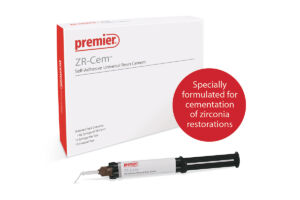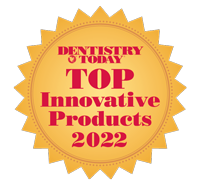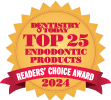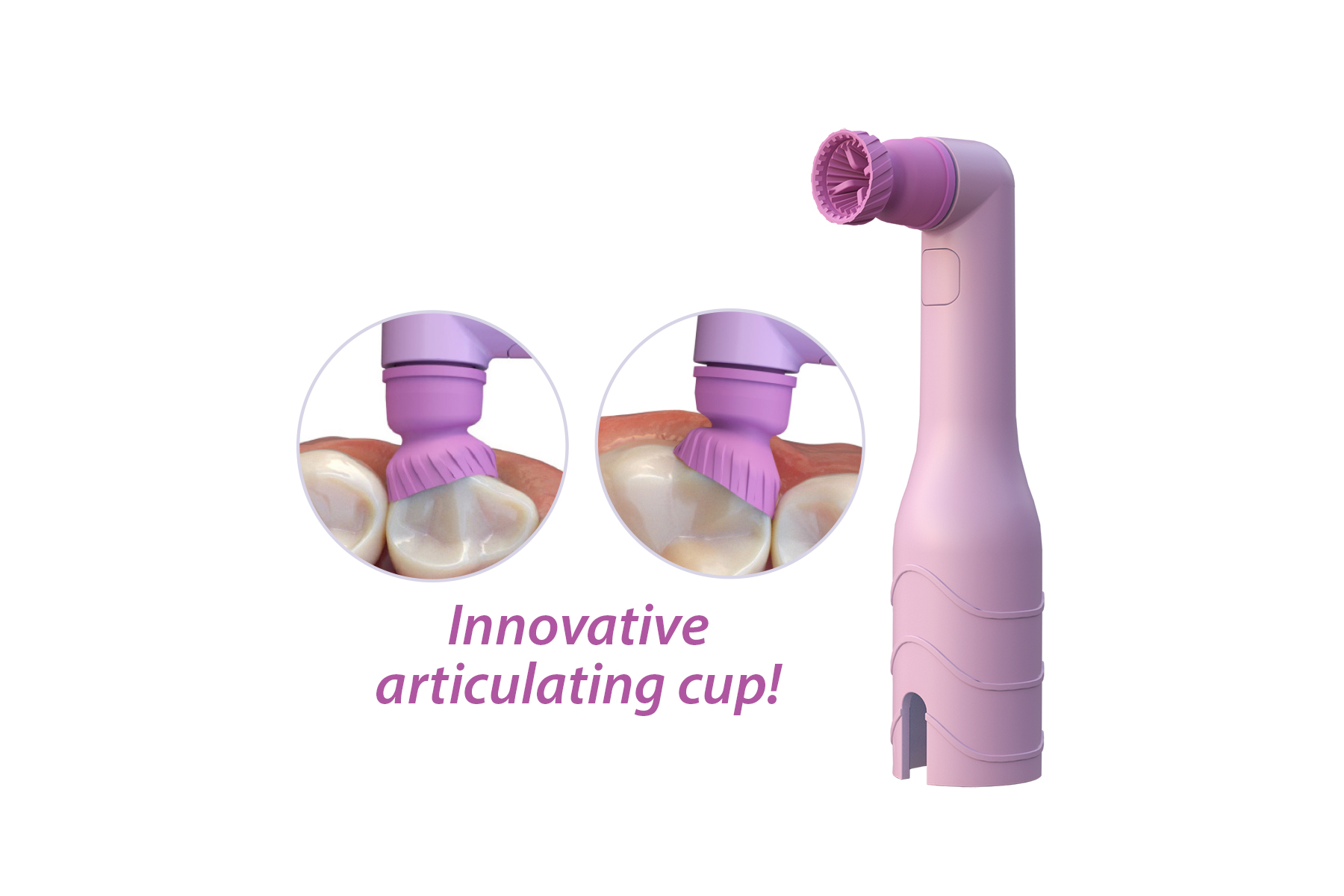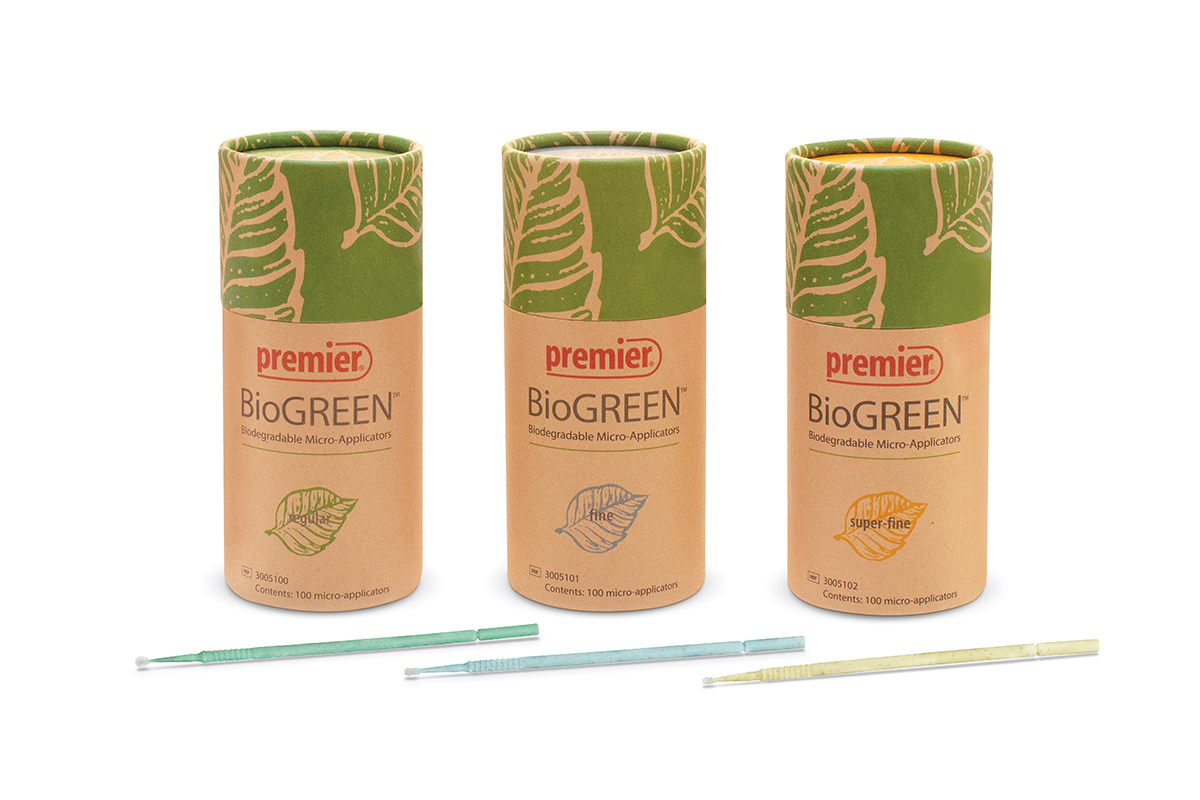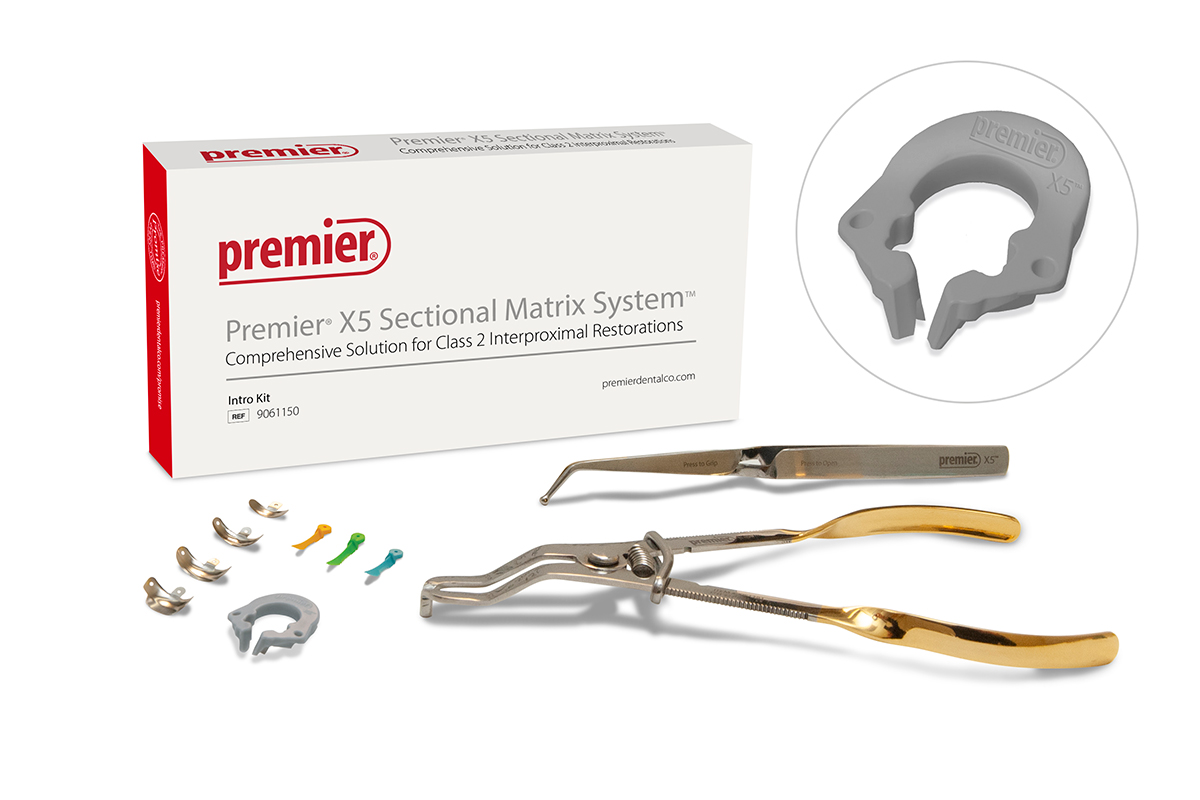March 2021
Question: For the case example presented above, why did you choose to use a self-adhesive resin cement over other possible materials?
I was able to achieve proper occlusal taper and had adequate prep height for this case. By accomplishing this, I probably could have chosen from several potential cements. However, self-adhesive resin cements (SARC) offer clinical advantages over conventional cements (eg, zinc phosphate, zinc polycarboxylate, and glass ionomers) as well as adhesive resin cements (ie, cements that require additional pretreatment of tooth structure).
These include:
ZR-Cem™ is an innovative self-adhesive universal resin cement specially formulated for zirconia restorations.



